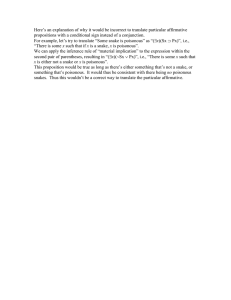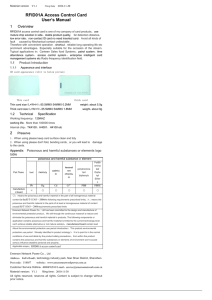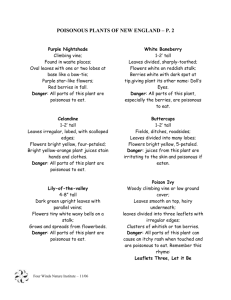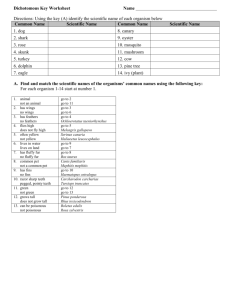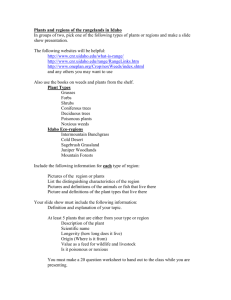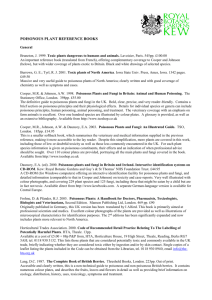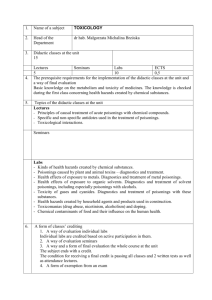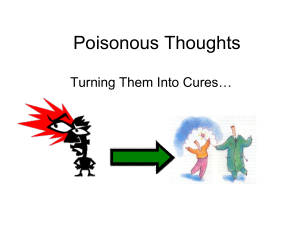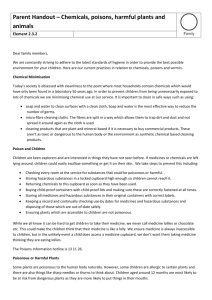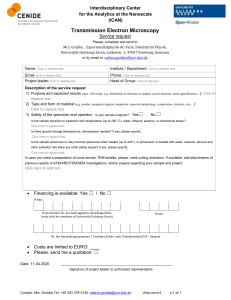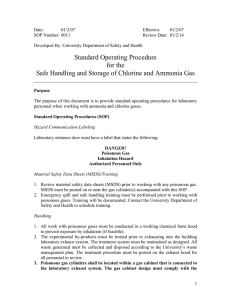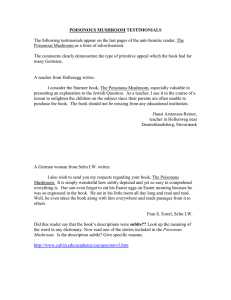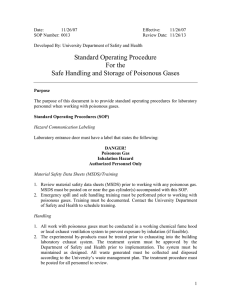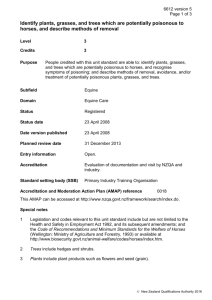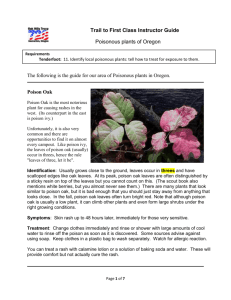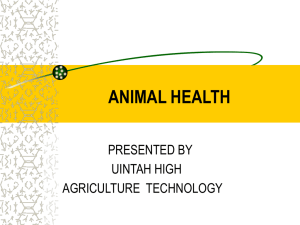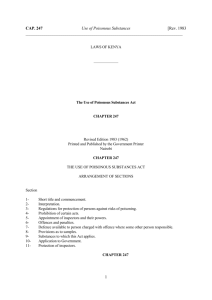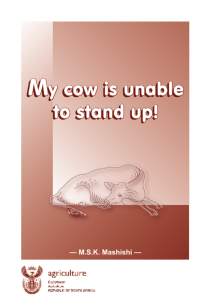plantpoisoning_fs
advertisement
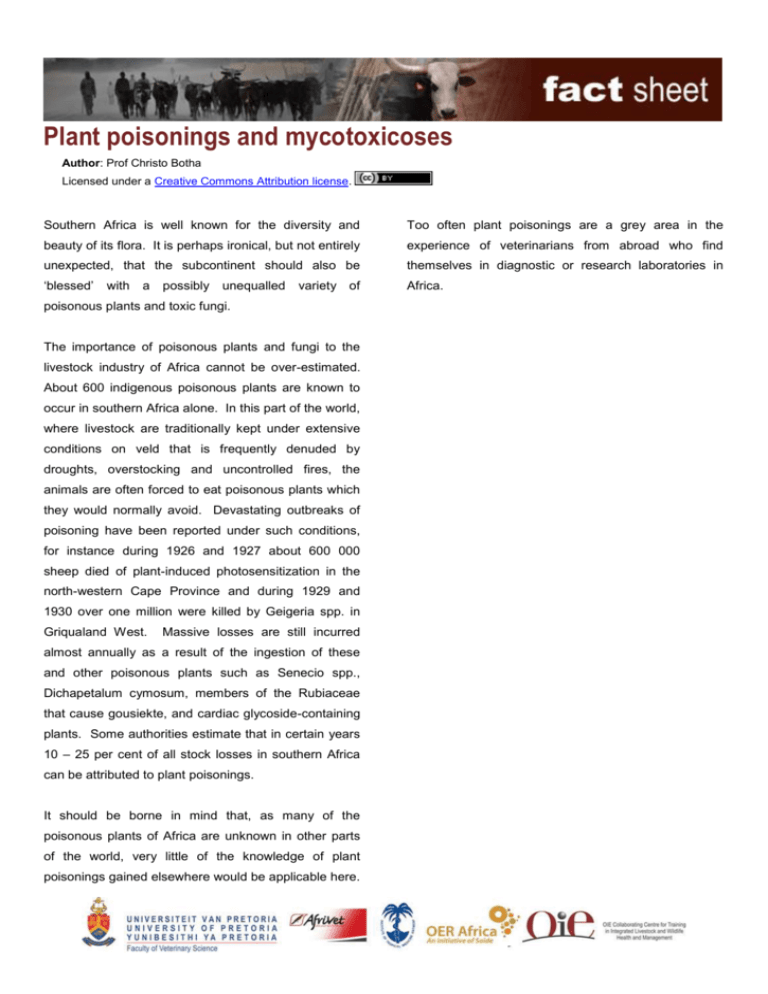
Plant poisonings and mycotoxicoses Author: Prof Christo Botha Licensed under a Creative Commons Attribution license. Southern Africa is well known for the diversity and Too often plant poisonings are a grey area in the beauty of its flora. It is perhaps ironical, but not entirely experience of veterinarians from abroad who find unexpected, that the subcontinent should also be themselves in diagnostic or research laboratories in ‘blessed’ Africa. with a possibly unequalled variety of poisonous plants and toxic fungi. The importance of poisonous plants and fungi to the livestock industry of Africa cannot be over-estimated. About 600 indigenous poisonous plants are known to occur in southern Africa alone. In this part of the world, where livestock are traditionally kept under extensive conditions on veld that is frequently denuded by droughts, overstocking and uncontrolled fires, the animals are often forced to eat poisonous plants which they would normally avoid. Devastating outbreaks of poisoning have been reported under such conditions, for instance during 1926 and 1927 about 600 000 sheep died of plant-induced photosensitization in the north-western Cape Province and during 1929 and 1930 over one million were killed by Geigeria spp. in Griqualand West. Massive losses are still incurred almost annually as a result of the ingestion of these and other poisonous plants such as Senecio spp., Dichapetalum cymosum, members of the Rubiaceae that cause gousiekte, and cardiac glycoside-containing plants. Some authorities estimate that in certain years 10 – 25 per cent of all stock losses in southern Africa can be attributed to plant poisonings. It should be borne in mind that, as many of the poisonous plants of Africa are unknown in other parts of the world, very little of the knowledge of plant poisonings gained elsewhere would be applicable here.
